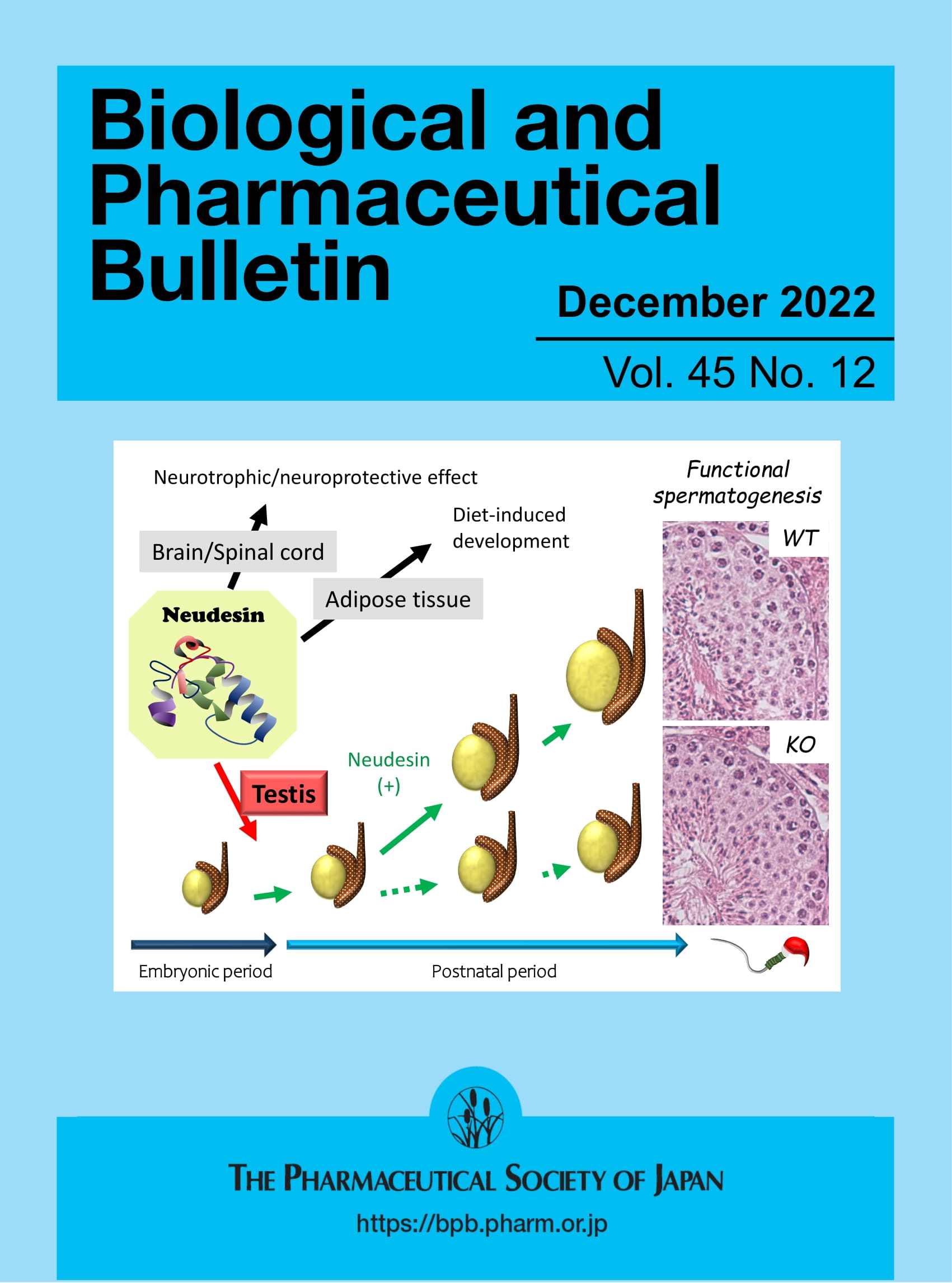Using peptide barcodes for simultaneous profiling of protein expression from mRNA
Abstract
Rationale
mRNA technology has begun to play a significant role in the areas of therapeutic intervention and vaccine development. However, optimizing the mRNA sequence that influences protein expression levels is a resource-intensive and time-consuming process. This study introduces a new method to accelerate the selection of sequences of mRNA for optimal protein expression.
Methods
We designed the mRNA sequences in such a way that a unique peptide barcode, corresponding to each mRNA sequence, is attached to the expressed protein. These barcodes, cleaved off by a protease and simultaneously quantified by mass spectrometry, reflect the protein expression, enabling a parallel analysis. We validated this method using two mRNAs, each with different untranslated regions (UTRs) but encoding enhanced green fluorescence protein (eGFP), and investigated whether the peptide barcodes could analyze the differential eGFP expression levels.
Results
The fluorescence intensity of eGFP, a marker of its expression level, has shown noticeable changes between the two UTR sequences in mRNA-transfected cells when measured using flow cytometry. This suggests alterations in the expression level of eGFP due to the influence of different UTR sequences. Furthermore, the quantified amount of peptide barcodes that were released from eGFP showed consistent patterns with these changes.
Conclusions
The experimental findings suggest that peptide barcodes serve as a valuable tool for assessing protein expression levels. The process of mRNA sequence selection, aimed at maximizing protein expression, can be enhanced by the parallel analysis of peptide barcodes using mass spectrometry.

 求助内容:
求助内容: 应助结果提醒方式:
应助结果提醒方式:


